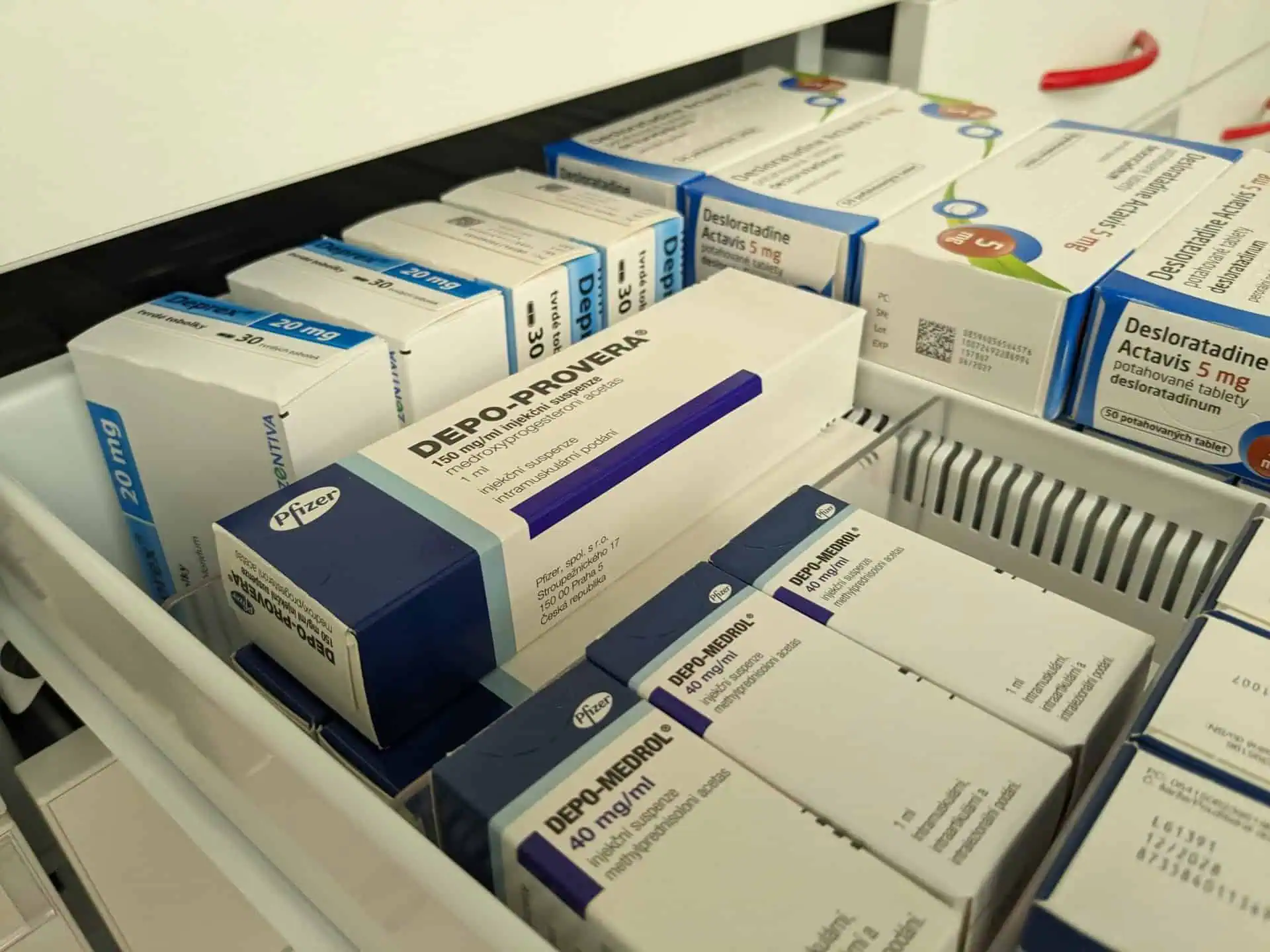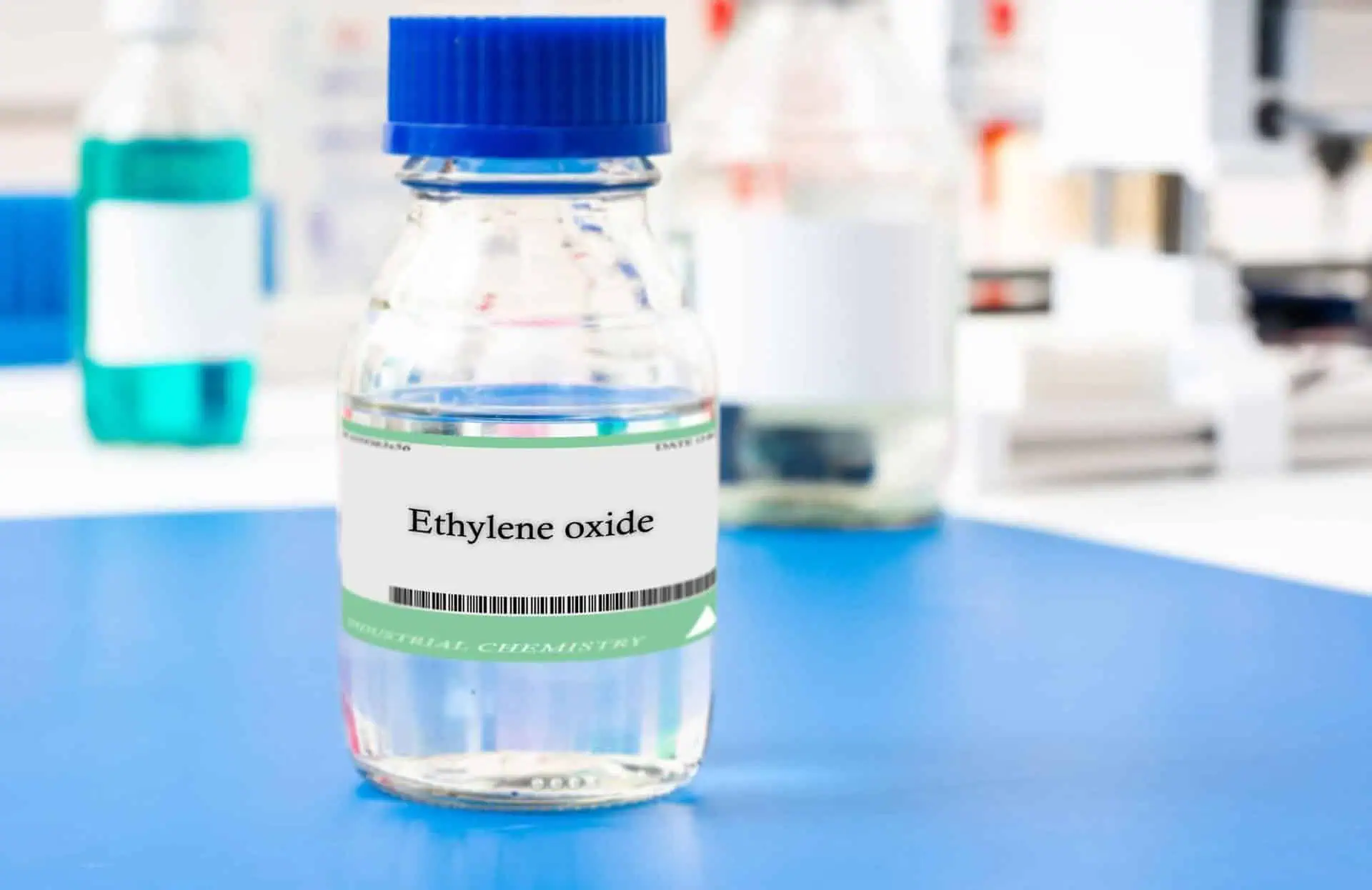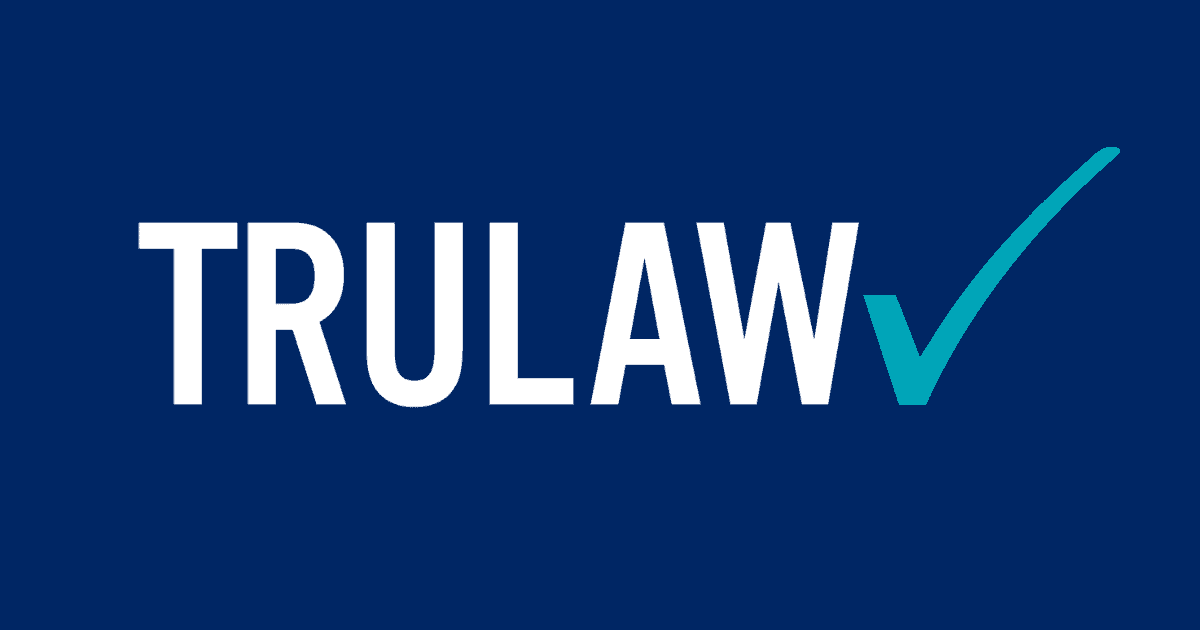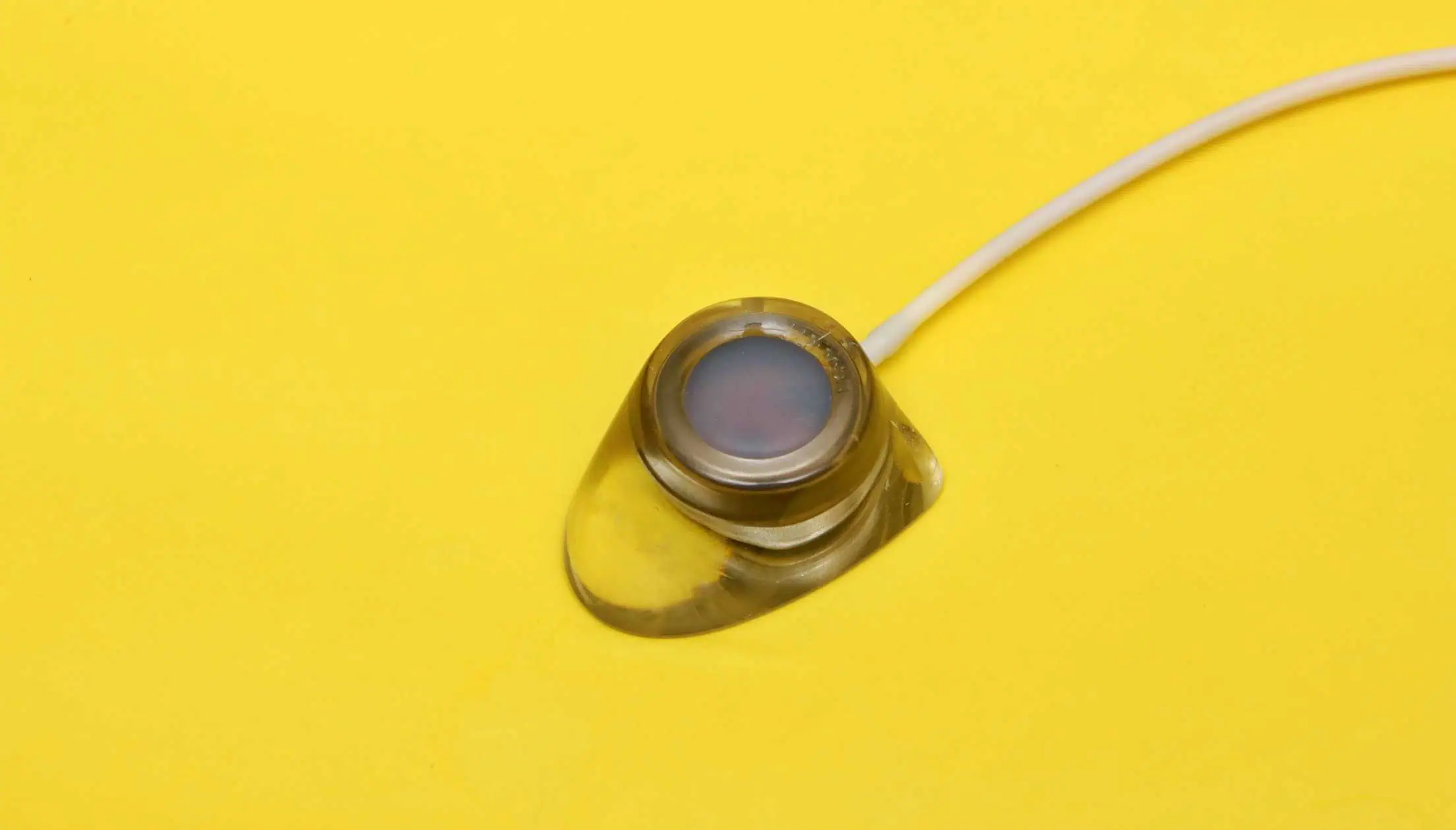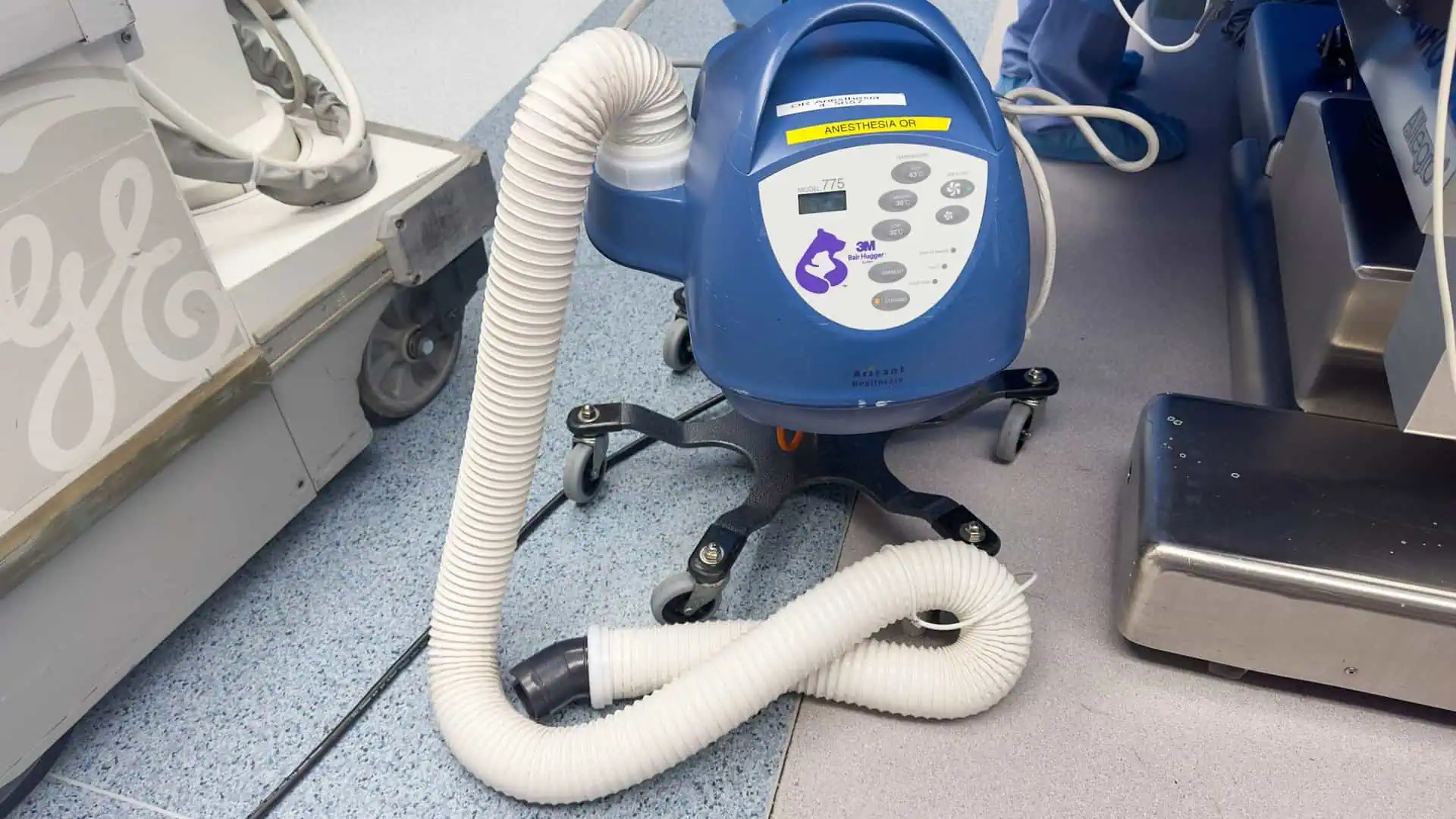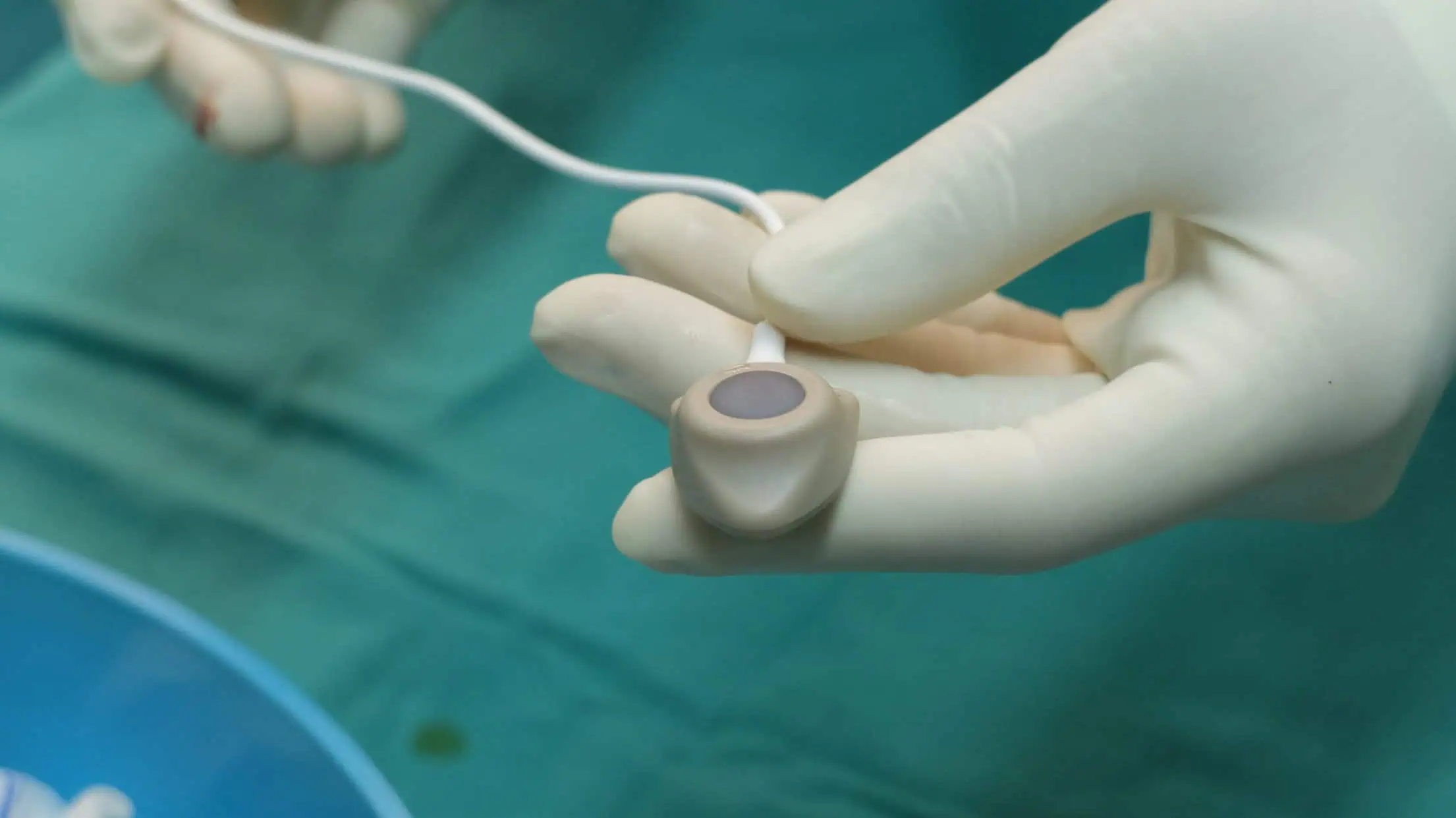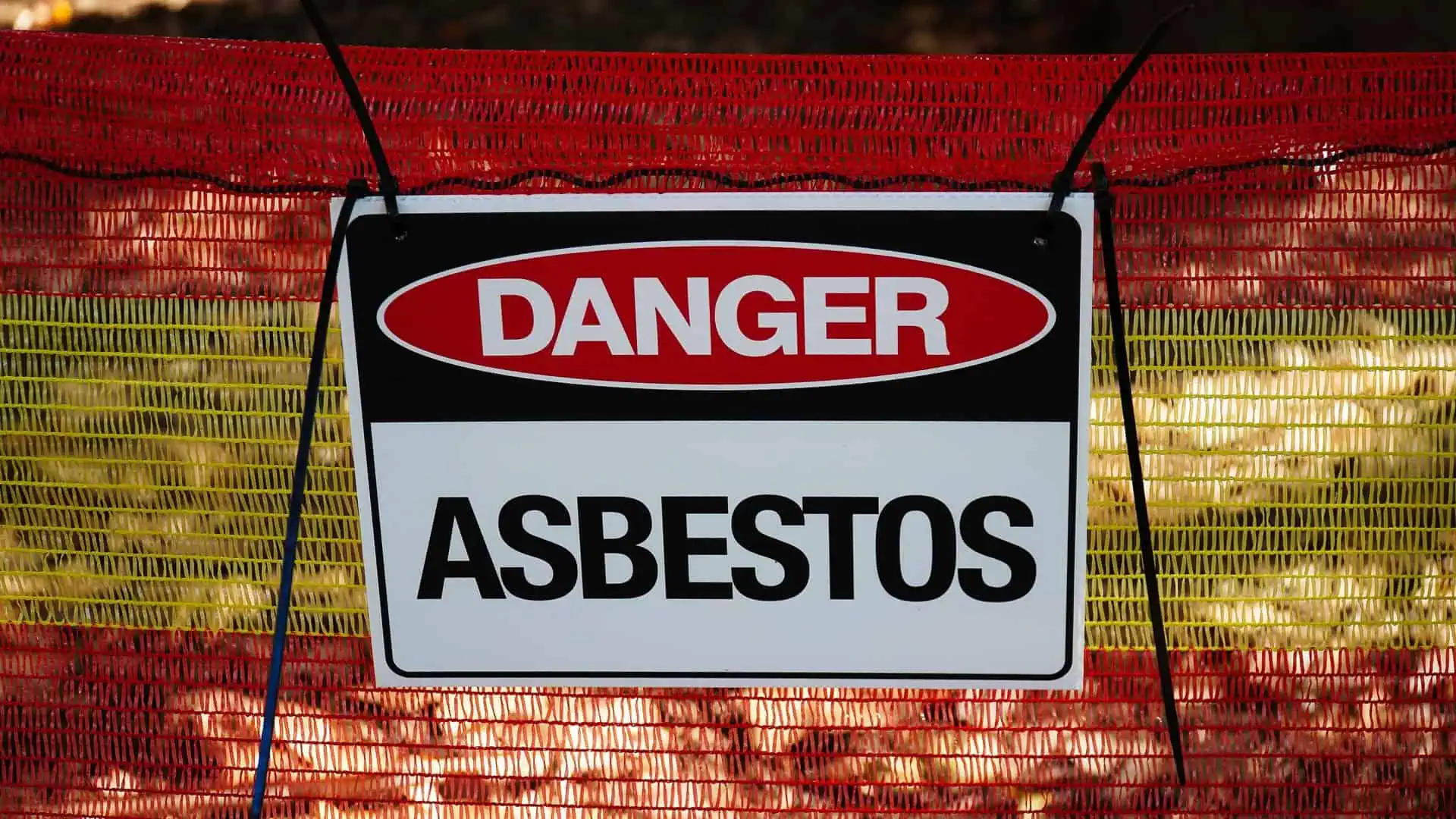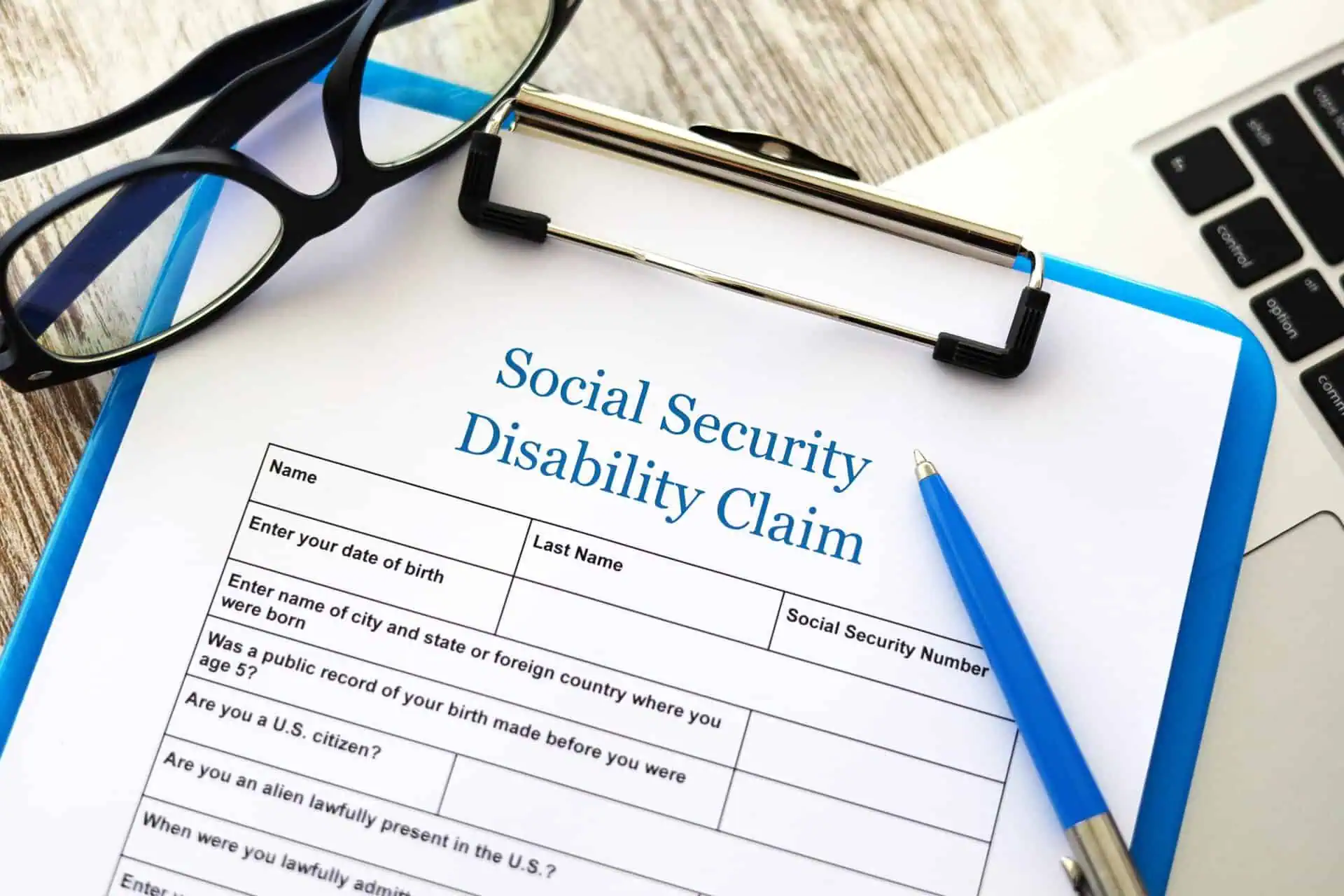What Is A Defective Product Lawsuit?
- Last Updated: July 7th, 2023

Attorney Jessica Paluch-Hoerman, founder of TruLaw, has over 28 years of experience as a personal injury and mass tort attorney, and previously worked as an international tax attorney at Deloitte. Jessie collaborates with attorneys nationwide — enabling her to share reliable, up-to-date legal information with our readers.
Legally Reviewed
This article has been written and reviewed for legal accuracy and clarity by the team of writers and legal experts at TruLaw and is as accurate as possible. This content should not be taken as legal advice from an attorney. If you would like to learn more about our owner and experienced injury lawyer, Jessie Paluch, you can do so here.
Fact-Checked
TruLaw does everything possible to make sure the information in this article is up to date and accurate. If you need specific legal advice about your case, contact us by using the chat on the bottom of this page. This article should not be taken as advice from an attorney.
What Is A Defective Product Lawsuit?
When an individual is injured by a defective product and they were not warned of the risk of injury, the injured person has the right to hold that manufacturer and others involved in the creation of the product accountable for the injuries that resulted by filing a defective product lawsuit.
In our experience, manufacturers place profit over consumer safety on many occasions by rushing products into the consumer marketplace without proper testing and in not continuing to collect and report relevant safety information that could prevent further injuries.

Individuals harmed by defective products are entitled to file product liability lawsuits that present legal claims to compensate for injuries suffered.
We know that the legal process can be complicated and daunting.
This is why we believe it is critical for someone with a potential product claim to understand their rights and how to pick the best product liability attorney to guide them.
Table of Contents
What Is A Defective Product?
Defective products typically fall under one of three categories:
- Design Defects
- Manufacturing Defects
- A Defect in the Warranty
A design defect exists when a manufacturer makes use of a faulty engineering process that causes the product in its final state to be unnecessarily dangerous to the consumer when it is used in a reasonable and foreseeable manner.
This type of defect typically applies to all of the products coming from the manufacturer’s assembly line because of the inherent defect in the product’s design.
A manufacturing defect occurs when the product is not produced according to its intended design.
This type of defect applies only to some of the products assembled because the flaw is not in the design but instead in the manner in which the product was assembled.
Although manufacturing or design defects account for the bulk of defective products in the marketplace, a product may also be considered unreasonably dangerous for lack of proper warning or for failing to live up to the warning that was provided.
We believe consumers have the right to make informed decisions about the products they and their family purchase and use in their home on a daily basis.
We consider a defective product to be one that causes injuries and side effects that were not warned of or brought about as the result of a faulty design or manufacturing process.
Product Liability
Anyone who is injured by a defective product may bring a product liability claim.
However, who such a lawsuit should be brought against is not always clear as often multiple manufacturers and designers may have caused the plaintiff’s injuries.
The most obvious person to sue is the product manufacturer.
Comparable product liability may also exist for any party which participated in the product’s distribution chain.
Individuals should also be aware that the filing of product liability claim is not limited to the person who actually purchased the defective product.
Instead, family, friends, bystanders, and those leasing or using the product potentially may bring a claim.
What Are Compensatory Damages For Injuries?
Individuals harmed by a defective product generally file a lawsuit to compensate for the costs of their injury – this is referred to as compensatory damages.
Compensatory damages available in a defective product lawsuit generally include medical costs, lost wages and the cost of any property damages.
In some states, plaintiffs can sue for non-economic losses such as pain and suffering and the loss of consortium, but this is often capped and is increasingly attacked by big pharma and the insurance industry under “tort reform” caps.
Should I Join A Class Action?
People often ask whether they will be a part of a “class action” when they file a defective product case.
This is most often NOT the case.
Often, individual cases are grouped together so the attorneys and judge can address common procedural issues initially, saving time for the injured parties and the court, but this is very generally referred to as a “mass tort.”
A mass tort refers to civil actions involving numerous plaintiffs against one or a few pharmaceutical companies in state or federal court.
Class actions are mass torts that are generally used for financial losses and multidistrict litigation (MDL) are typically used for personal injury claims, as in product liability cases.
It is important to understand that mass tort cases are an effective tool for getting the attention of large companies and product manufacturers.
MDLs assist lawyers in determining exactly what the manufacturer knew about the risks their defective product caused and whether or not they should have warned consumers about these risks.
Too often, consumers believe that they can file a single lawsuit and get the attention of defective product manufacturers.
This is very hard to do.
How Do I Choose The Best Defective Product Lawyer?
It is very important to understand that filing lawsuits on behalf of several or a large number of plaintiffs for injuries sustained against a defective product manufacturer require a lawyer that has the experience and resources to be able to endure the long and complicated litigation.
The location of your lawyer is generally not the primary concern, as it is unlikely that the company you are suing, the medical experts and the courts that your case will be filed in will be the same city or even state that you live in.
It is very important that you gather information about the lawyer that will represent you before you sign a contract.
Below are a number of questions we believe are important to answer for all new clients interested in a defective product lawsuit:
- How will I pay you?
- Do I need to pay any costs ahead of time?
- Do you have experience in defective product lawsuits? If so, were you successful?
- Will you be available to me via phone and/or email as the case progresses?
It is in your best interests to find a lawyer that will agree to a “contingency fee arrangement” for your defective product lawsuit.
In addition, you will want to make sure that your lawyer is prepared to pay the costs of filing and building a successful lawsuit on your behalf.
Product liability claims require a lot of financial resources and you can assume that the manufacturer that you are looking to hold responsible will hire a great legal team to defend themselves against cases without merit, and until you prove your case has merit, you will be fighting an uphill battle that will cost a lot of money.
The best lawyer for you will believe in your case enough to invest in it which is what a contingency fee arrangement allows for.
Your lawyer will not be paid unless and until they get you a successful verdict or settlement.
Costs in contingency fee arrangements are also paid for by the lawyer and then deducted from your final verdict and/or settlement.
If you can find a lawyer that will represent you in a contingency fee arrangement, you know they will be working hard for you since they are also invested in your case.
Although prior settlements and verdicts are not indications of future settlements and verdicts, it is important that you know your lawyer’s prior history of obtaining settlements or favorable trial verdicts for product liability cases.
TruLaw and our partner law firms have successfully obtained $3 billion in public verdicts and settlements on behalf of individuals who were injured through no fault of their own.
It is very important that you understand how you will reach your new lawyer as the lawsuits move forward.
You should get a phone number and an email for your new legal team.
Although most people assume their lawyer will be the best person to talk to, in many instances, they are traveling or in court so the best person may be a legal assistant.
A good lawyer will keep their legal assistant up to speed on the litigation in case clients call looking for information.
Communication with your lawyer is a two-way street – if anything changes as far as your medical or contact information, you need to contact them with the changes.
Product Liability Cases
With consumers spending more than $10 trillion annually on consumer goods and an estimated 200-300 product recalls a year, it may not be surprising that product liability cases are filed daily.
We will continue to file defective product lawsuits on behalf of those that are injured.
Lately, we have filed claims for aggrieved individuals who were diagnosed with ovarian cancer after using Johnson and Johnson’s talcum powder.
Two similar talcum powder lawsuits have awarded injured consumers $127 million dollars in damages.
These are but a few examples of how courts and juries are willing to provide compensation for individuals injured by manufacturer’s unsafe products.
Furthermore, if you were injured by a defective product and do not see that a product liability claim has currently been filed, reach out to us and we will look into it for you at no charge and no obligation.
We are here to help.

Managing Attorney & Owner
With over 25 years of legal experience, Jessica Paluch-Hoerman is an Illinois lawyer, a CPA, and a mother of three. She spent the first decade of her career working as an international tax attorney at Deloitte.
In 2009, Jessie co-founded her own law firm with her husband – which has scaled to over 30 employees since its conception.
In 2016, Jessie founded TruLaw, which allows her to collaborate with attorneys and legal experts across the United States on a daily basis. This hypervaluable network of experts is what enables her to share the most reliable, accurate, and up-to-date legal information with our readers!
Here, at TruLaw, we’re committed to helping victims get the justice they deserve.
Alongside our partner law firms, we have successfully collected over $3 Billion in verdicts and settlements on behalf of injured individuals.
Would you like our help?
At TruLaw, we fiercely combat corporations that endanger individuals’ well-being. If you’ve suffered injuries and believe these well-funded entities should be held accountable, we’re here for you.
With TruLaw, you gain access to successful and seasoned lawyers who maximize your chances of success. Our lawyers invest in you—they do not receive a dime until your lawsuit reaches a successful resolution!
AFFF Lawsuit claims are being filed against manufacturers of aqueous film-forming foam (AFFF), commonly used in firefighting.
Claims allege that companies such as 3M, DuPont, and Tyco Fire Products failed to adequately warn users about the potential dangers of AFFF exposure — including increased risks of various cancers and diseases.
Depo Provera Lawsuit claims are being filed by individuals who allege they developed meningioma (a type of brain tumor) after receiving Depo-Provera birth control injections.
A 2024 study found that women using Depo-Provera for at least 1 year are five times more likely to develop meningioma brain tumors compared to those not using the drug.
Suboxone Tooth Decay Lawsuit claims are being filed against Indivior, the manufacturer of Suboxone, a medication used to treat opioid addiction.
Claims allege that Indivior failed to adequately warn users about the potential dangers of severe tooth decay and dental injuries associated with Suboxone’s sublingual film version.
Social Media Harm Lawsuits are being filed against social media companies for allegedly causing mental health issues in children and teens.
Claims allege that companies like Meta, Google, ByteDance, and Snap designed addictive platforms that led to anxiety, depression, and other mental health issues without adequately warning users or parents.
Transvaginal Mesh Lawsuits are being filed against manufacturers of transvaginal mesh products used to treat pelvic organ prolapse (POP) and stress urinary incontinence (SUI).
Claims allege that companies like Ethicon, C.R. Bard, and Boston Scientific failed to adequately warn about potential dangers — including erosion, pain, and infection.
Bair Hugger Warming Blanket Lawsuits involve claims against 3M — alleging their surgical warming blankets caused severe infections and complications (particularly in hip and knee replacement surgeries).
Plaintiffs claim 3M failed to warn about potential risks — despite knowing about increased risk of deep joint infections since 2011.
Baby Formula NEC Lawsuit claims are being filed against manufacturers of cow’s milk-based baby formula products.
Claims allege that companies like Abbott Laboratories (Similac) and Mead Johnson & Company (Enfamil) failed to warn about the increased risk of necrotizing enterocolitis (NEC) in premature infants.
Here, at TruLaw, we’re committed to helping victims get the justice they deserve.
Alongside our partner law firms, we have successfully collected over $3 Billion in verdicts and settlements on behalf of injured individuals.
Would you like our help?


